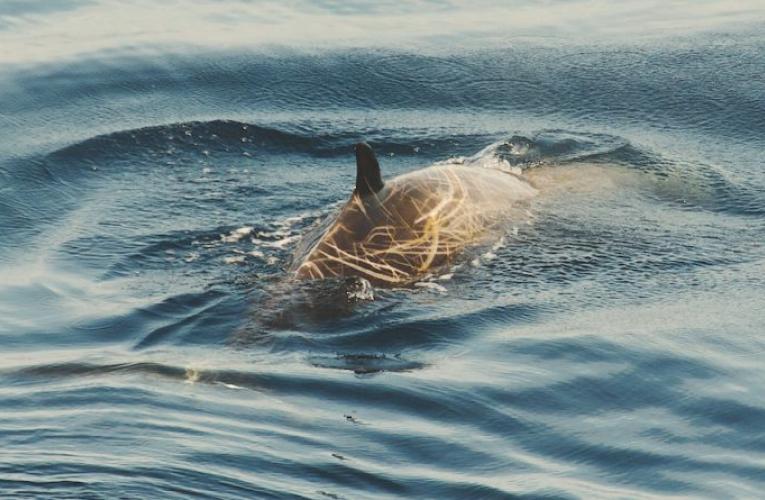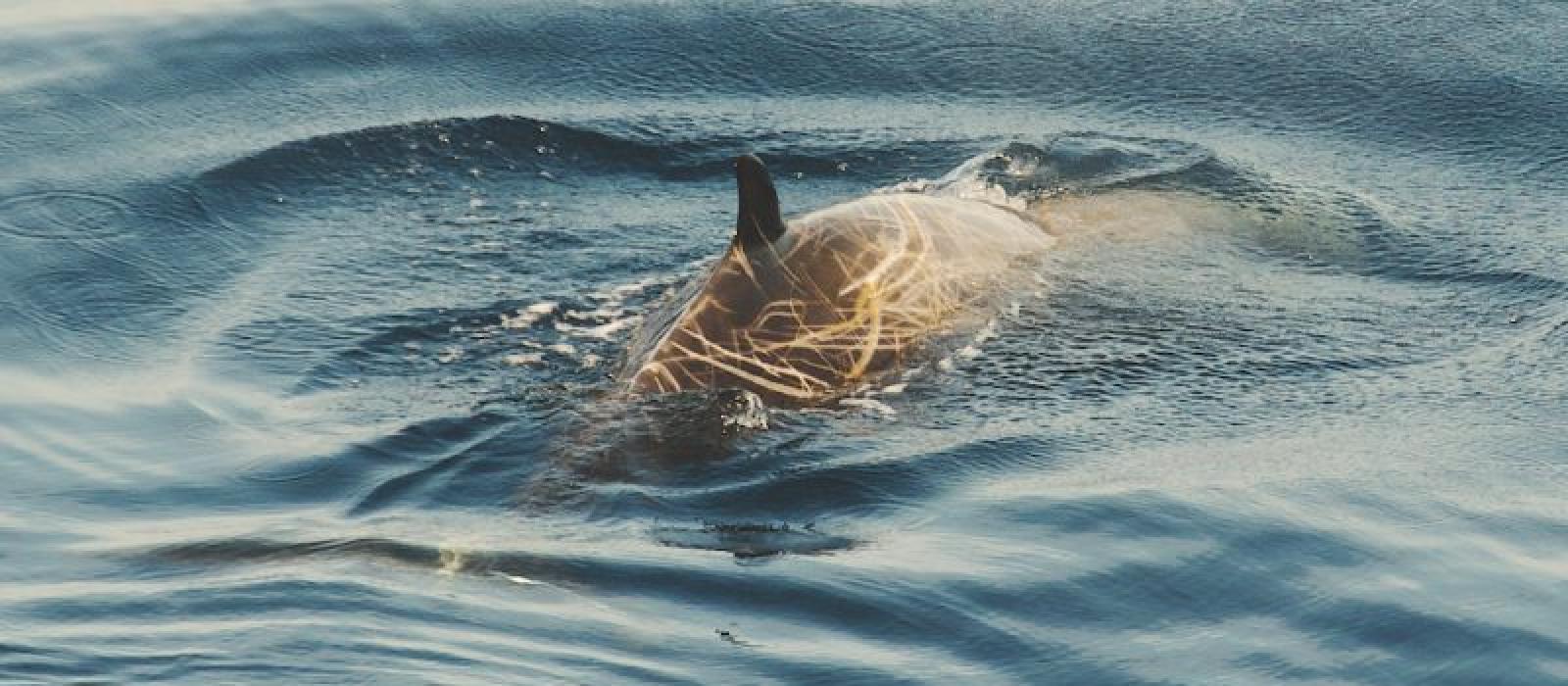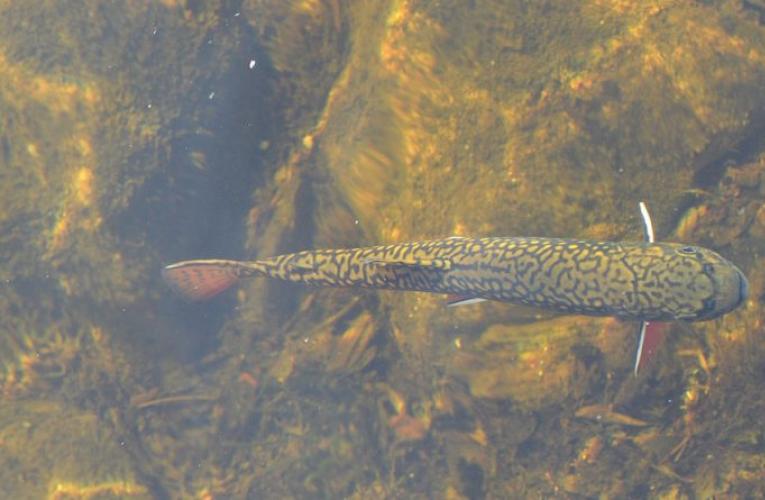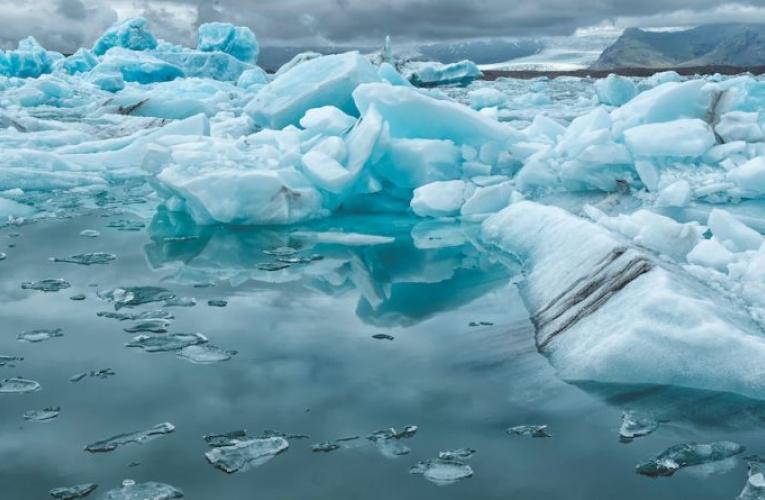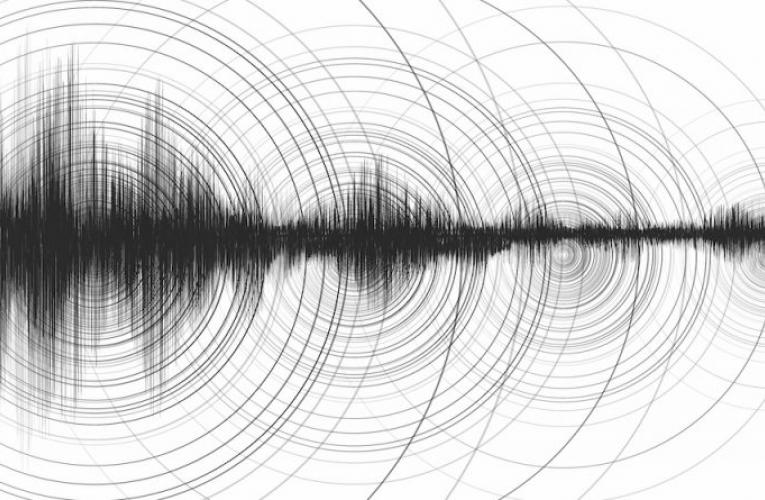A study by Duke Marine Lab researchers has provided the first detailed record of the diving behavior of Cuvier’s beaked whales in U.S. Atlantic waters.
Cuvier’s beaked whales are the world’s deepest-diving mammal, but studies of their behavior are constrained by the animals’ offshore location and limited time spent at the surface.
The new data, recorded from 5,926 dives of tagged whales off Cape Hatteras, N.C., showcases the remarkable diving abilities of these animals and provides new clues on how they make a living at the extremes of depth and cold.
“Their deep dives average about 1,400 meters, lasting about an hour, while they are feeding near the sea floor. They typically only spend about two minutes at the surface between dives,” said Jeanne Shearer, a doctoral student in marine ecology. “It’s amazing that they can dive to such depths, withstand the pressure, and be down there that long, with such brief recovery times.”
Scientists estimate about 6,500 Cuvier’s beaked whales live in the northwest Atlantic. Populations in different areas exhibit some differences in diving behavior, highlighting the need for data from around the world.
To conduct the study, scientists attached satellite-linked tags to 11 Cuvier’s beaked whales and recorded 3,242 hours of data from 5,926 individual dives between 2014 and 2016.
“Cuvier’s beaked whales are only half the size of the sperm whale,” Shearer said. “Their dives push the limits of mammalian physiology, but we still don’t know how they’re able to behave this way.” She and her colleagues published their peer-reviewed findings (DOI: 10.1098/rsos.181728) in the journal Royal Society Open Science.
These findings also provide a baseline for controlled experiments now underway at the Marine Lab to study the whales’ reactions to low levels of sonar.
Andrew Read, Stephen A. Toth Professor of Marine Biology, co-authored the paper, along with PhD students Nicola Quick, William Cioffi, Heather Foley, Zachary Swaim and Danielle Waples.
